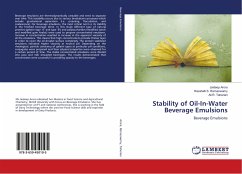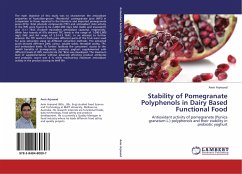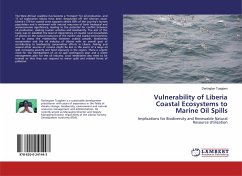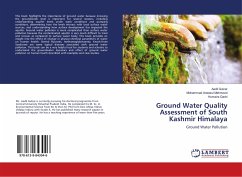Beverage emulsions are thermodynamically unstable and tend to separate over time. This instability occurs due to various breakdown processes which include gravitational separation (i.e. creaming, flocculation, and coalescence). For beverage emulsions, the most critical norm is its stability in the finished beverage drink. In this study different type of natural proteins (gelatin type 'A' and type 'B') and polysaccharides (modified starch and modified gum Arabic) were used to prepare concentrated emulsions. Increase in concentration resulted in increase in the apparent viscosity of all the emulsions. This means that high concentrations provide thicker layer in order to cover the oil droplet surface completely. The protein stabilized emulsions indicated higher viscosity at neutral pH. Depending on the rheological, particle constancy of gelatin types at particular pH conditions, conjugates were prepared and their physical properties were observed for a certain period of time. The stable concentrated emulsions were diluted into juice and milk simulated beverages. The results demonstrated that concentrates were successful in providing opacity to the beverages.








